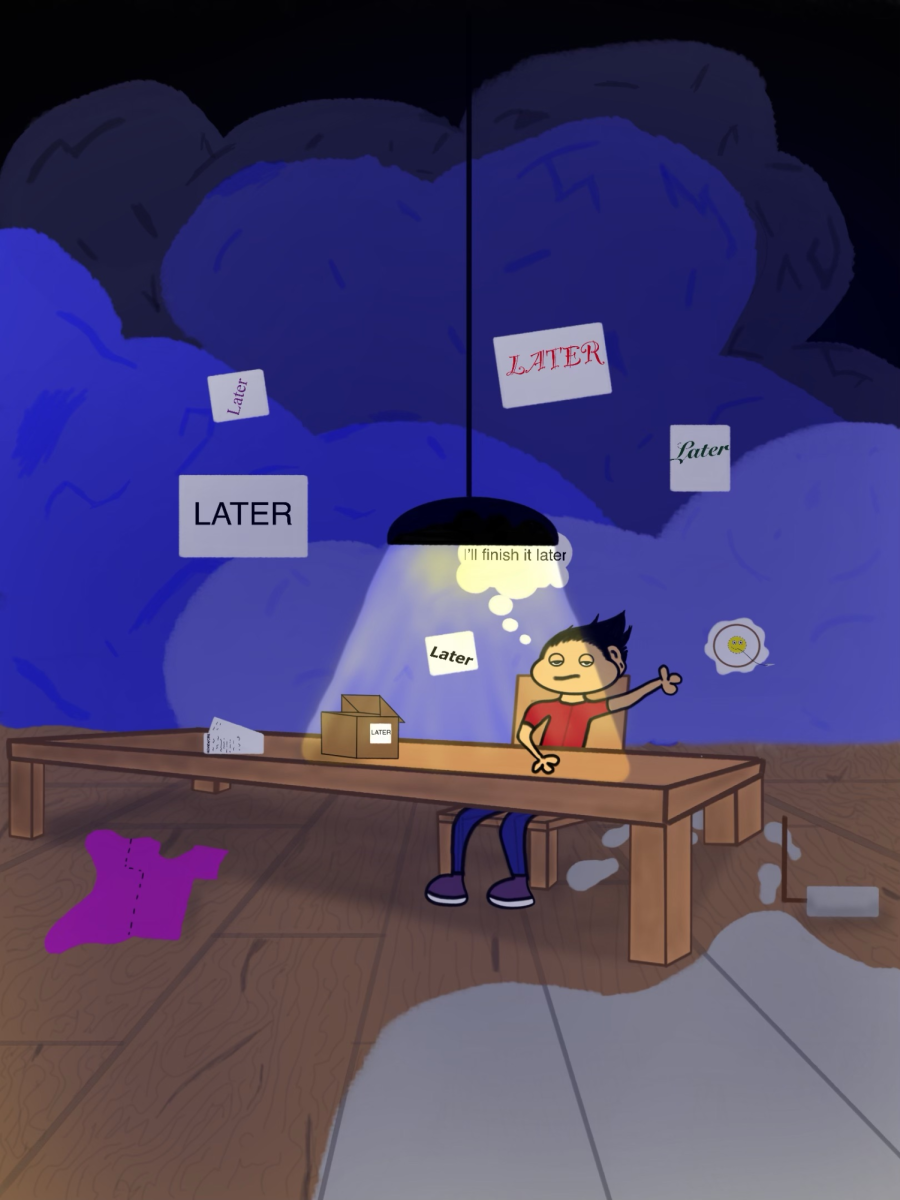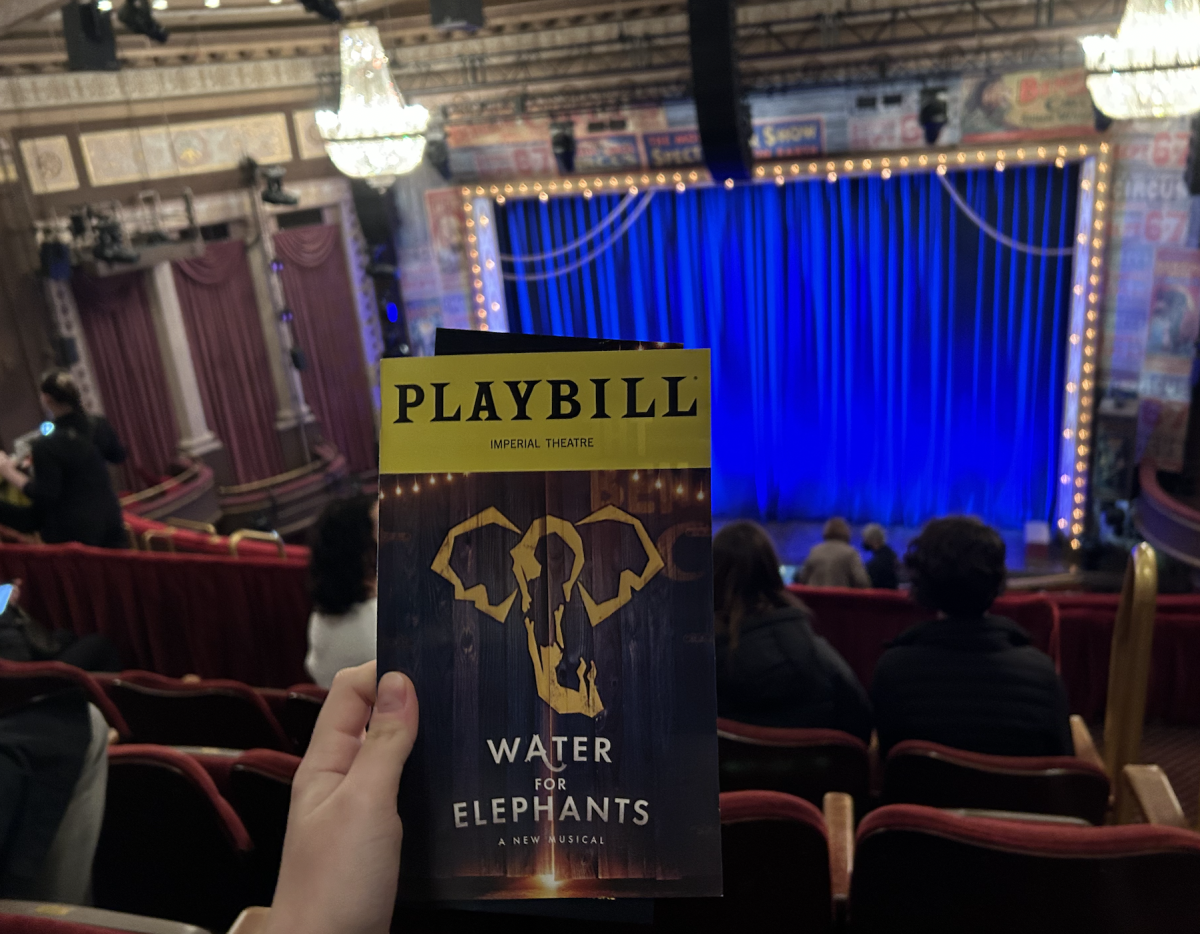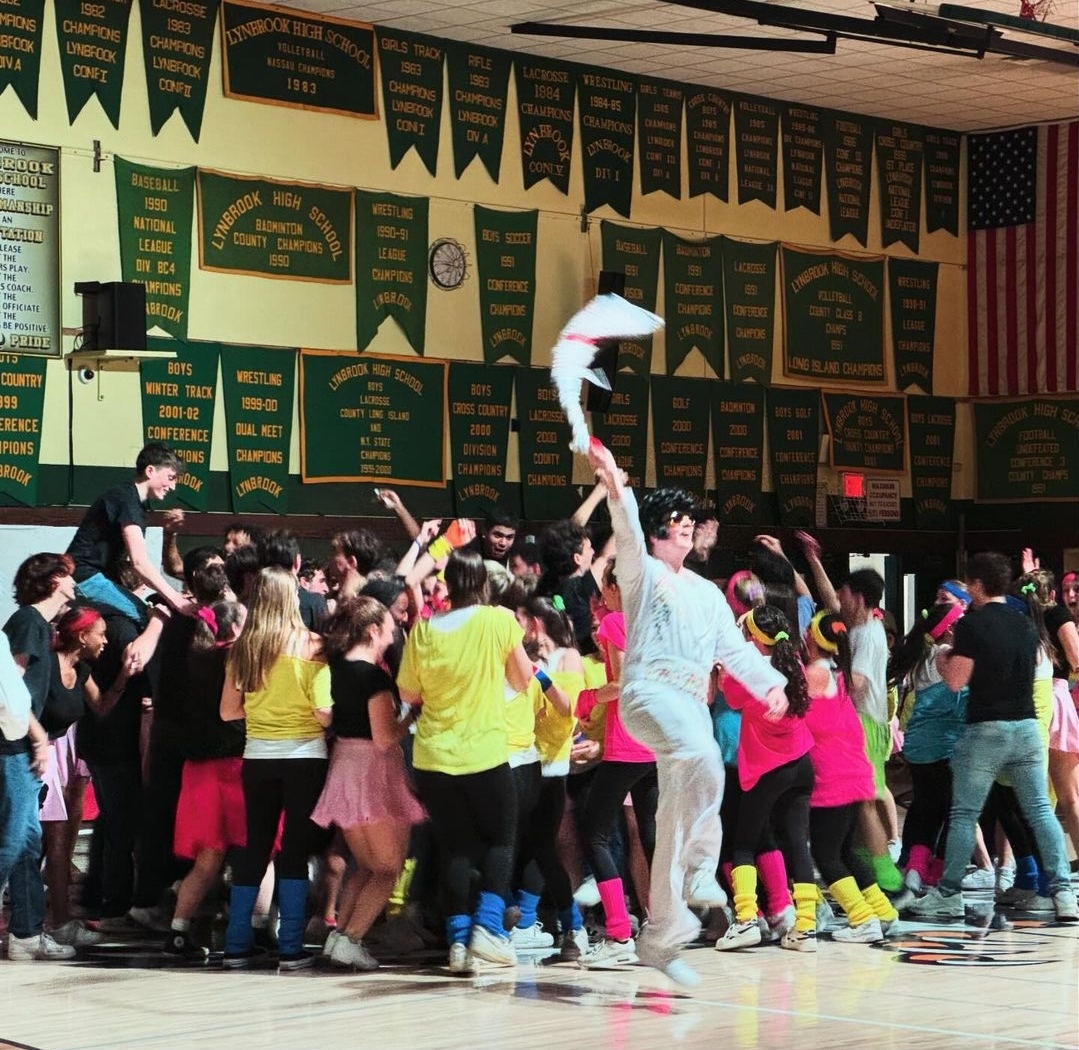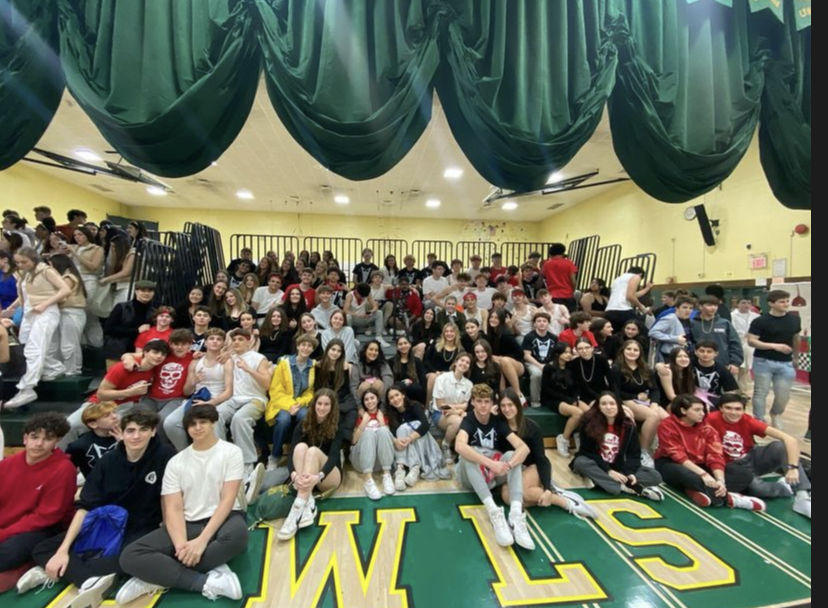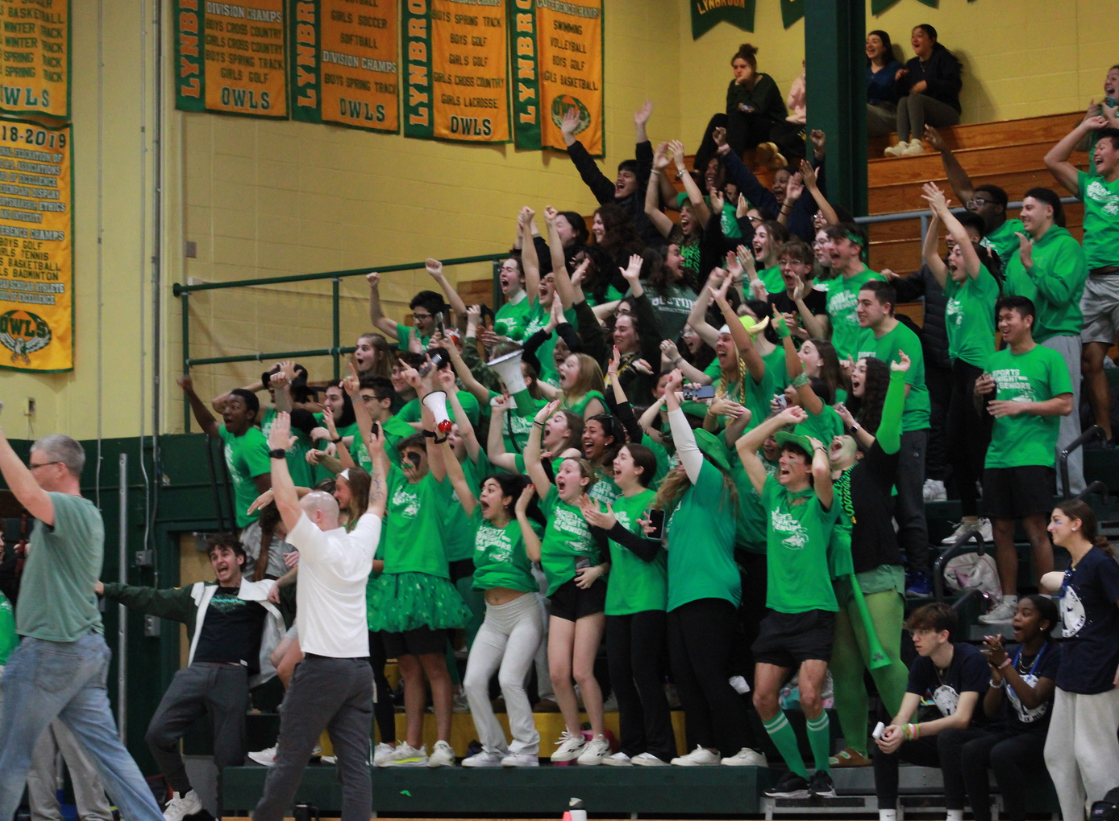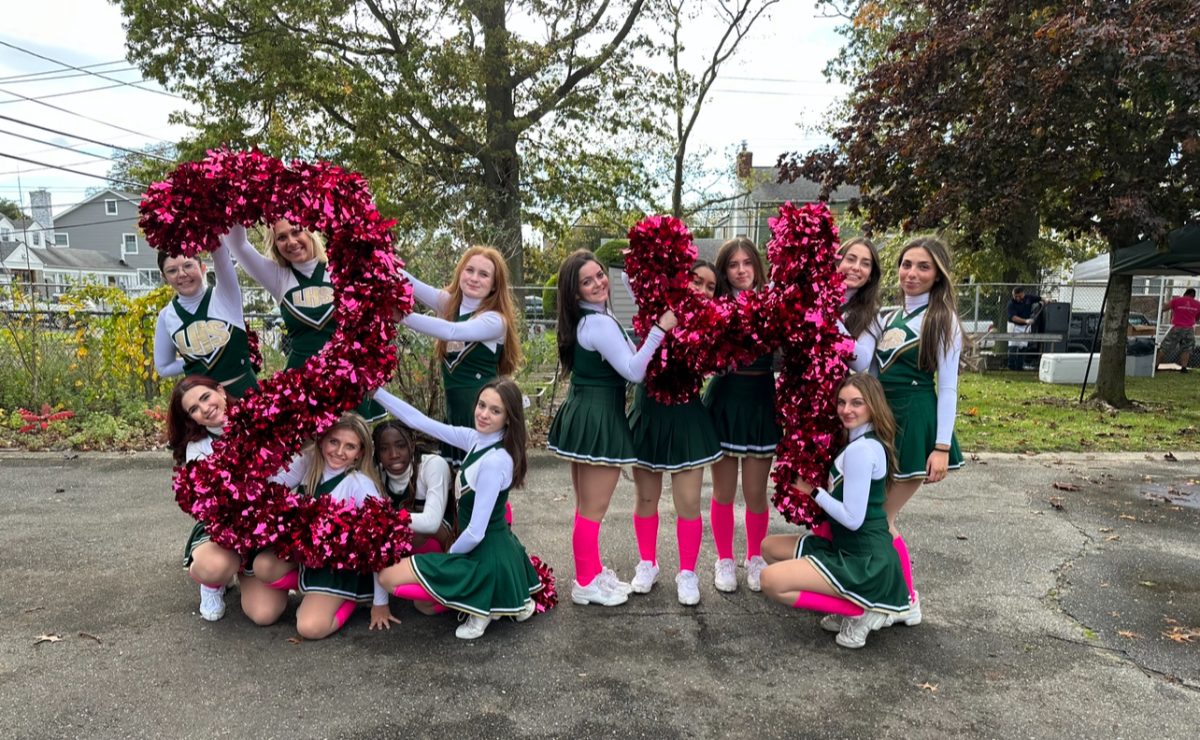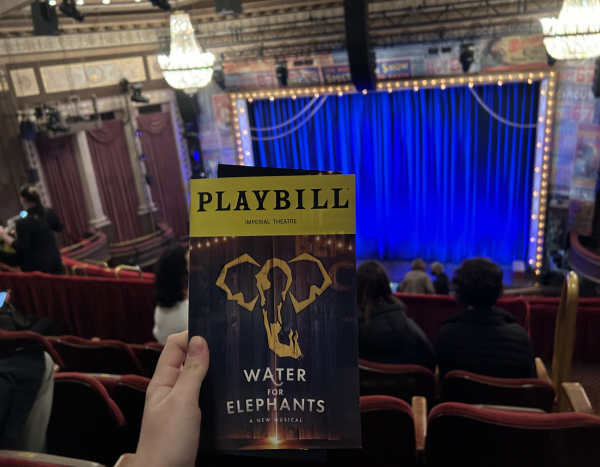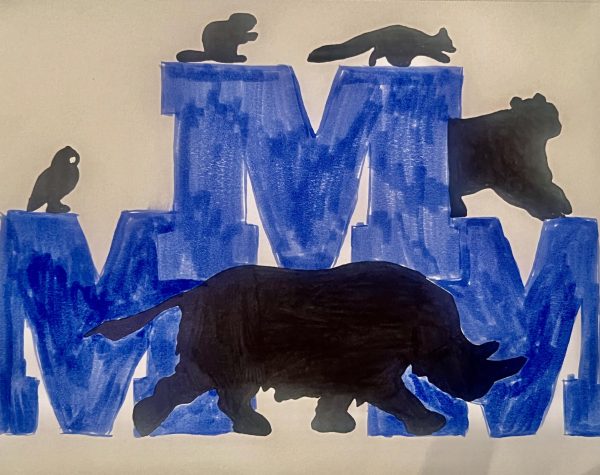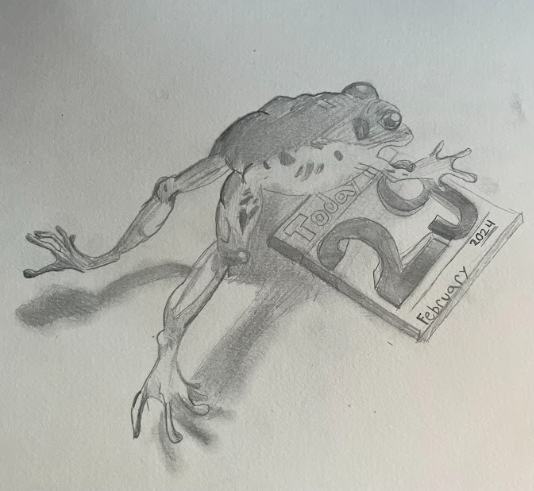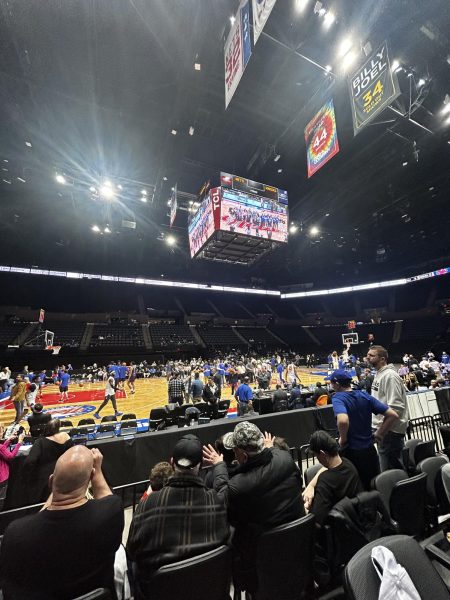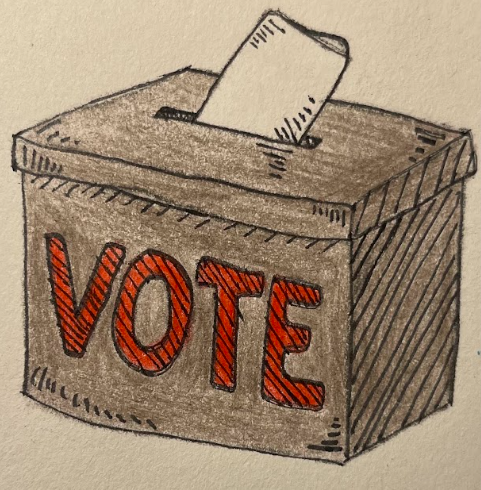A Monumental Battle
Protesters in Charlottesville, Virginia, assembled in a crowd around a statue of Confederate General Robert E. Lee, who commanded the Army of Northern Virginia in the American Civil War, to fight against its removal from a city park this summer. Also crowding around the statue were counter protesters who agreed with the removal. The two sides collided, resulting in the death of one. Since then, statues of Lee and Thomas Jonathan “Stonewall” Jackson, who was a Confederate general, have been shrouded, or covered, as further decision is pending.
After the rally in Charlottesville turned deadly, a student-driven petition has caused members of the Staunton School Board in Staunton, Virginia, to debate on changing the name of Robert E. Lee High School to something that better reflects its diverse community and does not portray Staunton in the wrong way. “Schools need to be welcoming to all students,” said Emily Sproul, mother of four who spoke in favor of a name change. Sproul asked the board to change the name back to it’s original name, Staunton High School, which it was later changed to Robert E. Lee High School in the 1920s.
These are just two of the many examples of the controversy surrounding Confederate statues and school names in the Southern U.S. Along with Charlottesville, many other cities in the South are facing the issue.
The removal of such statues and landmarks has sparked many protests, some led by white supremacists. White supremacy is the belief that the white race is superior to all other races and, therefore, should dominate society. As for some others who oppose the removal of the statues, they have different reasons. Some see them as symbols of Southern pride, depicting war heroes. The statues, they believe, stand for the strength of the South and its willingness to fight for its freedom. Others also worry that changing the names of schools that were named after Confederate soldiers and taking down statues that were first put up to symbolize Confederacy will in turn erase history and make Americans forget the progress that has been made since the end of the Civil War in 1865. Tina Smith, a 49-year-old woman from Woodbridge, Virginia, feels that memorabilia associated with the Confederacy should be taken out of the public but not destroyed and forgotten. “You don’t see any statues of Hitler reminding Jews of the Holocaust,” Smith argued. “The statues should be put in a museum so that the people who want to go see them can go see them,” added Smith.
Despite this, there are still some who disagree with the preservation of Confederate statues and school names. They fear that Confederate pride reflects a shameful and backwards period in U.S. history. Some see it as disrespectful to African Americans whose ancestors were enslaved. Kim Herrmann, history teacher, said, “I don’t think I agree with taking [confederate statues] down, but it wouldn’t erase history if we did.” Herrmann believes that they should not focus on the fact that the statues were first put up to symbolize Confederacy, but focus on the important stories of history behind them.
There is still plenty of debate regarding this issue. Charlottesville City Councilor Kristin Szakos says people must respect the council’s decision to shroud the statues, stating, “I understand that people have different opinions about this, but City Council has issued a ruling that we will keep them shrouded, and so that is now the law of the land. So, I hope people will understand that whether they agree or disagree that is what’s happening.” As for Robert E Lee High School, the school board agreed to a name change in a unanimous vote of 7-0 in early September.
I am a freshman at LHS. I was born in Englewood, NJ, and I grew up in Lynbrook. I enjoy writing, and I'm considerably extroverted.






